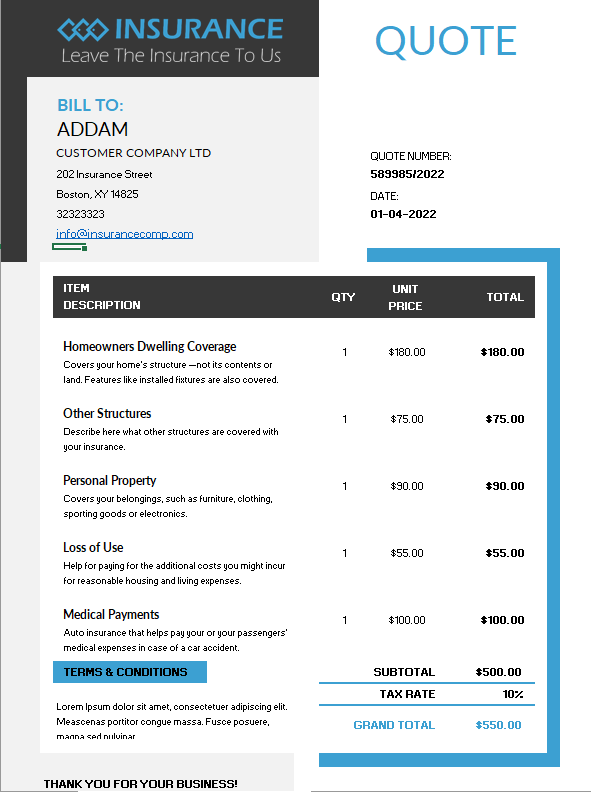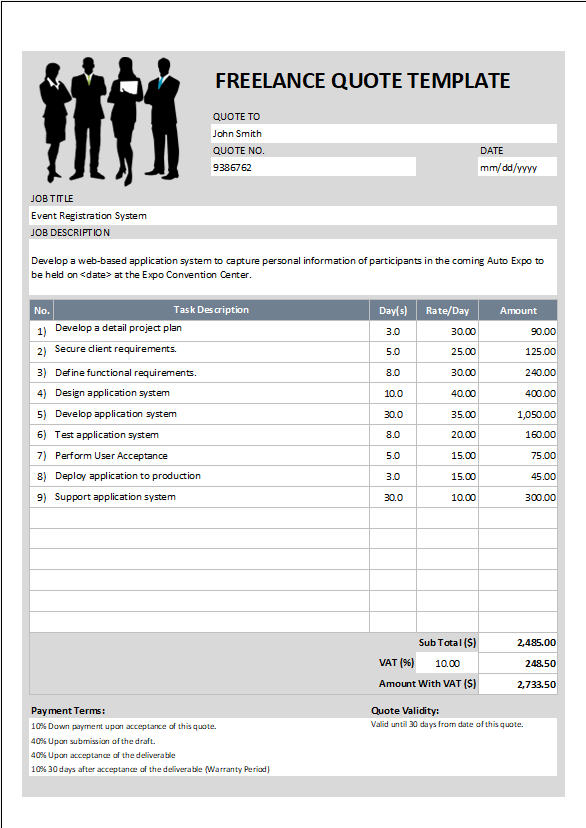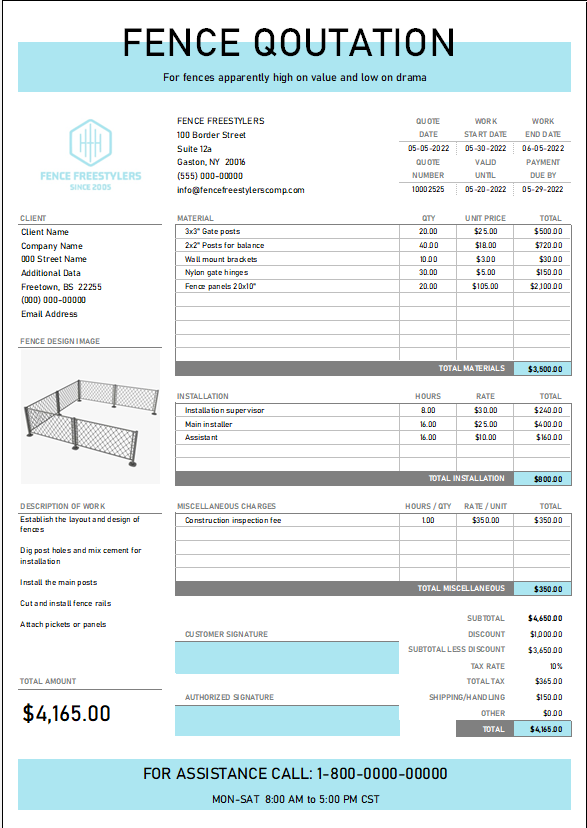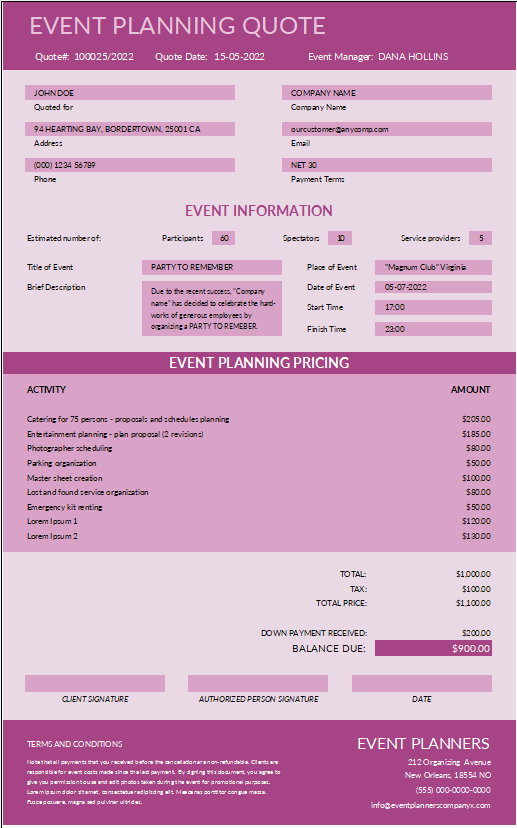Big goals can be discouraging; as focusing on the end result of a long project can make you feel that the goal is non achievable. Breaking a big goal into bite sizes, however, may help you more easily stay motivated and complete your objective. So, To help you achieve your big goals, we’ve created this printable goal chart template. Thus, It will not only help you simplify and set goals, but will also help you visually represent it – another important step in goal fulfillment.
Goal Setting Template
Moreover, We’ve prepopulated our template with a fundraising example. And while you can use this goal chart template to help you track that, it is not merely a basic fundraising tool. Rather, our goal chart template can be personalized to help to motivate you meet any life goals.
Here are five examples of good, measurable goals you could track your progress towards with this template:
- Weight lost
- Books read
- Countries visited
- Money earned
- Fitness goals achieved
Our goal chart template can be used to help motivate you to achieve results towards any goal that can be broken down into small steps.
Printable Goal Chart Contents
The download file comes with two tabs in two worksheets:
- Image
- Graph
These worksheets are both printable goal chart templates, each designed to work independently of the other. Hence see details below to learn how to create a goal chart in Excel.
Create a Goal Chart in Excel
Section 1: The Table
This section is workhorse of the worksheet. To create your goal chart, you will need to enter all the details about your goals here.
You can add any logo and your name at the top. To add a logo, follow the directions in this post:
Then, give your goal chart a name. Simply replace the prepopulated text, “Annual Fundraising Campaign,” with whatever title you like.
How to Customize Your Fundraising Goals
Now, it’s time to really dive into your goals and objectives so you can stay organized. This worksheet is currently set up to track the progress over 24 distinct periods. However, you can decrease or increase the number of periods to meet your needs.
To help you determine best way of breaking up your goal, spend some time in brainstorming. What makes the most sense to you? There’s not a single right way of tracking progress.
Once you know how many periods you need to track, you can change formatting of the worksheet to match.
Deleting periods is a straightforward process. Thus, You simply highlight the rows of the table you want to get rid of. Then, right click and hit delete. To ensure proper spacing in second section of the worksheet, you want to delete the entire row.
Thus, Adding rows is a bit more complicated. You must add rows to the right location to ensure the formulas for the table continue working. So, To add a row, click on the line that is directly above the total. Then right click and select “Insert.” Again, to keep the spacing correct, insert an entire row.
Repeat this step until you have all the periods you need. If desired, you can follow the directions in this post to fill your period names automatically. This can help you verify that you have the correct number.
How to Use the Image Goal Chart Worksheet
So, Now that you have the correct number of periods, it’s time to put your spreadsheet to work to help you achieve results.
Moreover, You can rename the periods in a way that makes sense. As you make changes, just make sure they will help you with your dream of achieving your goal. Keep it simple and easy to understand.
Next, think about your goal for each period. Thus, The goal setting process can take some time, so don’t just rush through it.
How much can you realistically accomplish during each period? Set your goals and then go ahead and enter that number for each one.
Hence, You will now be able to see the specific goal for each time-based period on the table. It is relevant because it helps you draw closer to your primary goal.







